
5 minute read
BALANCE
Performance, and handling. That’s the promise pilots have come to expect from Van’s Aircraft. So how does the RV-12 stack up?
The mission of creating an LSA-certified aircraft that lives up to the family name must’ve been a challenge for Van’s Aircraft. The company’s other models all sit very comfortably in their GA fields, giving the designers considerable breathing room for weight and performance to focus on making the fast, responsive machines they have come to be known for. With an MTOW restriction of 600kg to deal with however, the RV-12 had to face some different decisions.
Advertisement
When designing the RV-12, the team set out to achieve four specific goals:
1. To produce an aircraft with flight characteristics equal to or exceeding the gold standard set by the RV-9A.
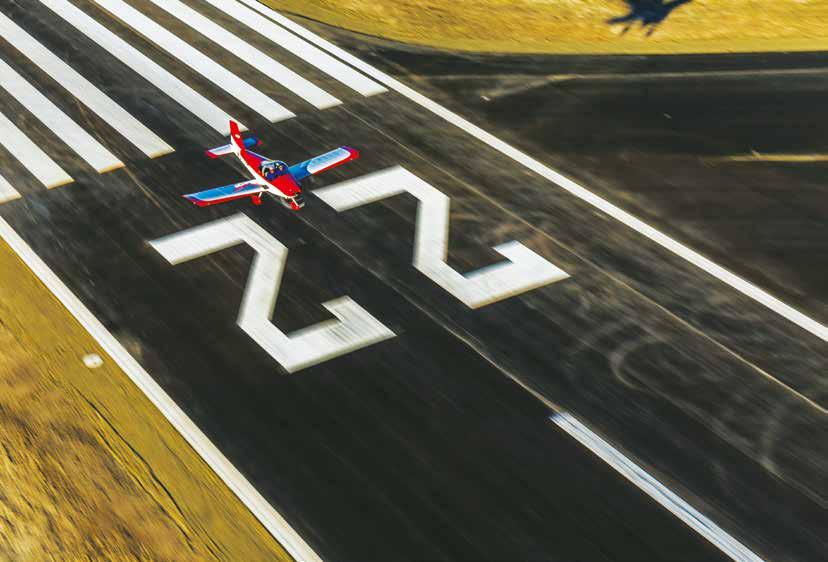
2. To produce an aircraft with a 340kg empty weight, leaving a 250kg payload.
3. To produce an aircraft with a cabin width of 43in (109cm).
The RV-12 is a sleek little low-wing with lots of pep in its step, designed for pilots that simply love the thrill of flying.
4. To produce an aircraft with a minimised parts count, a low amount of composites, high amounts of aluminium, and as much reliance on simple hand tools as possible — for ease of building.
Four boxes to tick, but does it get a check mark in each of them?
The RV-12 is a sleek little low-wing with lots of pep in its step, designed for pilots that simply love the thrill of flying. Powered by the 100hp fuel-injected Rotax 912iS (the 912ULS is also an option), the RV-12 is capable of cruising at around 118kts. Coupled with a range of 581nm, the RV-12 holds its own as a touring machine for those looking to adventure. In addition, the plane handles like you’d expect a Van’s to, responsive and manoeuvrable without coming across like a stunt plane. It’s one of the sportier LSAs you’ll find out there for sure, so for those looking for a plane that’s fun to fly, you’ve come to the right place. While definitely more docile than its aerobatically-rated big brothers, the RV-12 holds its own against the similarly non-aerobatic RV-9 quite well. One box ticked.
Looking at the build specs, the RV-12 ticks its second and third boxes with ease. A 336kg empty weight leaves enough room for two 86kg passengers, 54kg (76L) of fuel and an additional 37kg of extras… or a total of 264kg of usable weight. The 44in (111cm) cabin width isn’t uncommon across the LSA market, so you won’t be feeling particularly cramped next to your co-pilot. Add comfortable leather seating to the mix, along with one of the more easily accessible low-wing cockpits on the market, and the RV-12 will certainly be ticking boxes for travelling pilots too.


In terms of the kit, the team at Van’s have outdone themselves. The RV-12 is the fastest kit to build in their stable, at an estimated average of 700-900 hours for a complete build. The RV-12 is delivered as six separate ‘sub-kits’, which can be ordered all at once or one at a time. The kit comes with a fully complete set of clear, easy-to-follow instructions – all with computergenerated drawings – based on the highly-regarded RV-10 plans. What’s more, Van’s are adamant that literally zero special tools are required, simple hand tools are all that you need to put this aircraft together.

Aeroprakt A32 Vixxen
• Cruise 115 knots
• Stall 27 knots
• Carry 210+ kg after full fuel
• Average under 20 litres/hr
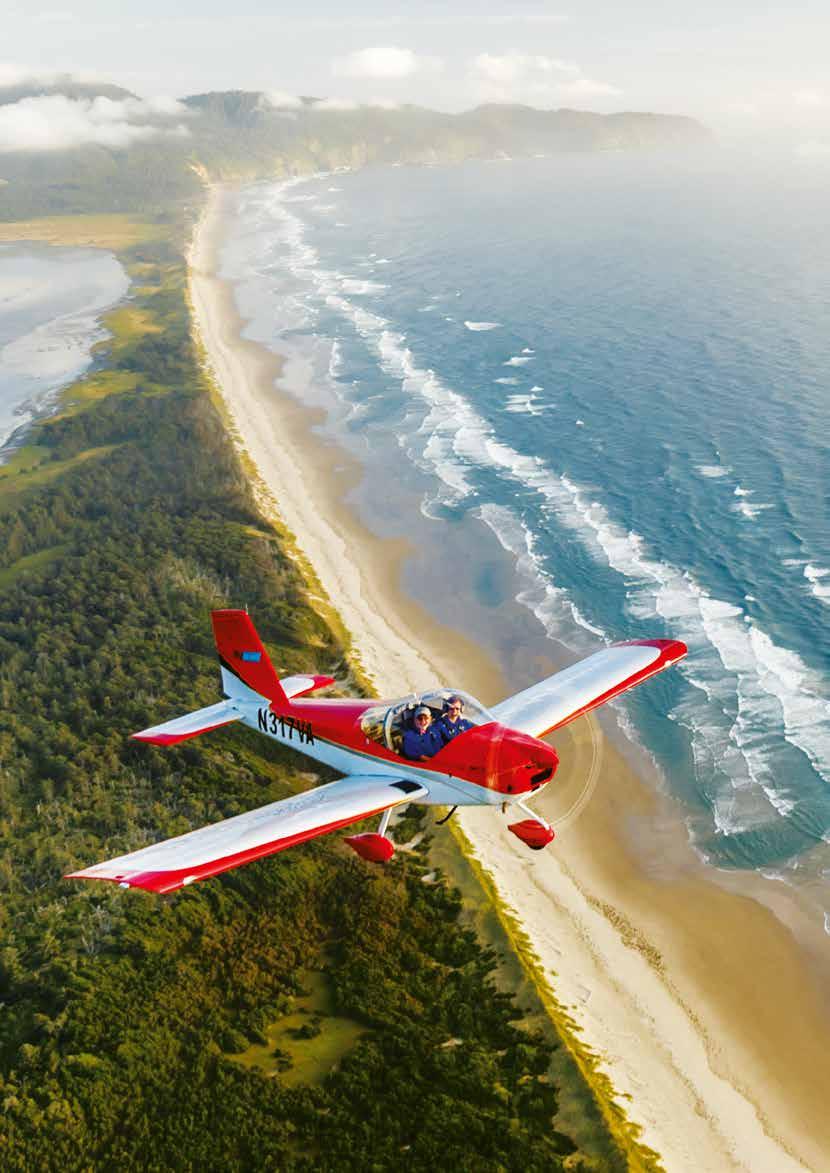
This is a very welcome claim from anyone who’s looking at their first-ever build project.
Looking back, it’s clear that Van’s have achieved every goal they laid out at the beginning of their design process, but there’s so much more to this aircraft than just that.
The RV-12, from the very beginning, was designed to be ‘trailerable’. For those without a permanent hangar, or perhaps looking to tuck a plane away in a corner where others won’t fit, the RV-12 offers removable wings that are light and easy to remove via a simple pin system. Among LSA aircraft, this is a highly unusual feature and one that would set the RV-12 apart for a certain section of pilots that are strapped for space. Removable wings mean the fuel tank is located inside the cabin, with a refilling point located behind the canopy, outside the plane to prevent spills.
Another novel feature of the RV-12 is its forward seating position. The bubble canopy sits slightly forward of the wing, giving the RV-12 exceptional views below compared to other low-wing aircraft. It’s a small change, but one that can drastically affect your flying experience should you do your flying in an RV-12 over another low-wing. One of the greatest joys of flying is being able to assess the landscape below from a view many never get to see. The RV-12 knows this, and does its best to deliver this joy without sacrificing low-wing performance. It’s hard to overstate just how pleasurable the RV-12 makes flying.
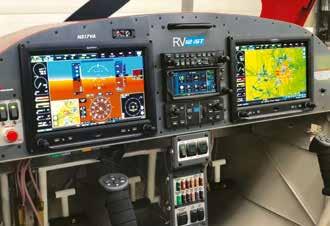

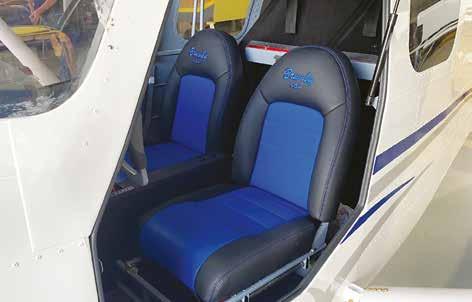
Spec Sheet (RV-12iS)
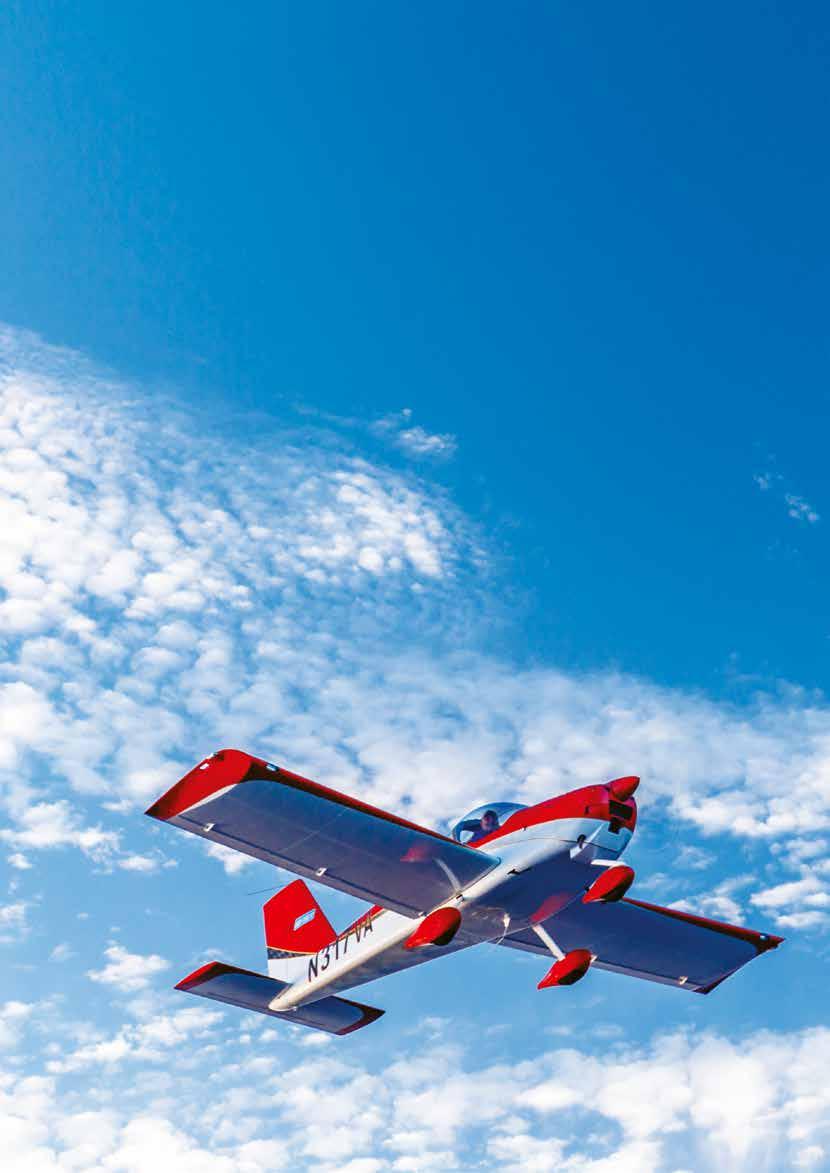
Span 26ft 9in (8.15m)
Length 19ft 11in (6.07m)
Height 8ft 4in (2.54m)
Wing Area 127 sq ft (11.8sq m)
Empty Weight 775lbs (351.5kg)
Gross Weight 1320lbs (599kg)
Engine 100hp Rotax 912iS
Propeller Sensenich composite ground-adjustable
Fuel Capacity 20 US Gal (76L)
Cabin Width 43 in (109cm)
Baggage 75lbs (34kg)
Performance Details
Top Speed 144mph (125kts)
Cruise (5500rpm @ 7500ft) 135mph (118kts)
Cruise (5000rpm @ 7500ft) 121mph (105kts)
Stall Speed 47mph (41kts) [w/ flaps]
Take-Off Distance 700ft (213m)
As a kit build, a lot of the RV-12 is really left to your discretion. The only thing the kit doesn’t include is fluids and paint, but there are plenty of options to customise where you like. The dash leaves enough space for just about any setup you can imagine, however the Dynon SkyView and the Garmin G3X (either single-screen or dual-screen) are offered as standard by Van’s. Autopilot for both the Dynon and Garmin systems are also offered.
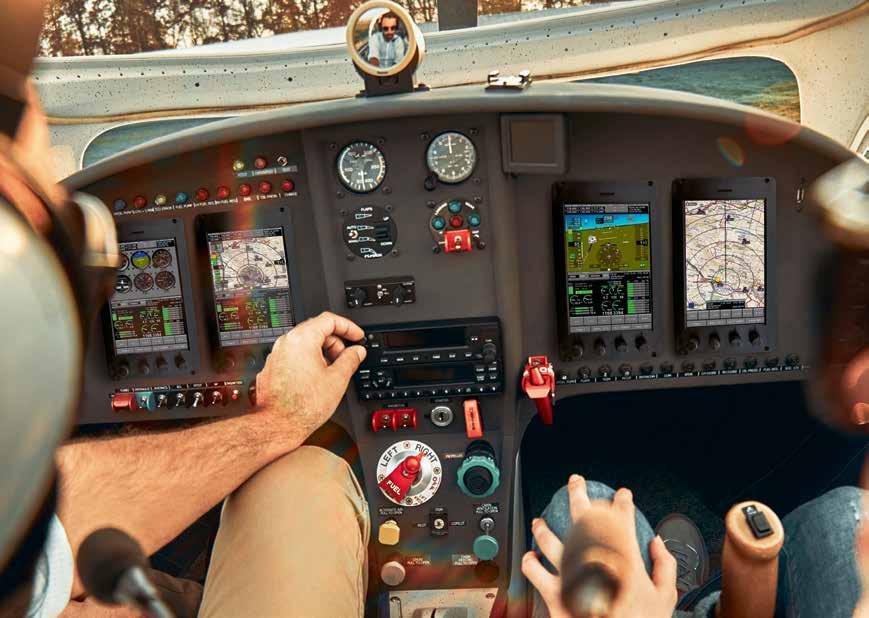
Like any aircraft, the RV-12 has its drawbacks. The fuel tank’s location behind the co-pilot doesn’t necessarily affect your flying experience, but for some, this placement is decidedly less ideal than wing tanks. Tank placement here also means that baggage space is minimised, however there is still plenty of room for two overnight bags, should travelling be your main mission.
For the Van’s purists out there, the RV-12 maybe be too far of a departure from the classic Van’s shape. It’s still clearly a Van’s but the 600kg payload led to some subtle differences. For example, the bubble canopy sits a little higher above the fuselage than most of its siblings, taking away slightly from the streamlined look Van’s are synonymous with. That all being said, we’re not arguing that it’s a pretty good looking plane.
Overall, the RV-12 is a well-balanced, compact and energetic aircraft capable of providing one of the most fulfilling flying experiences you can find in the LSA category. Starting at around AUD$140,000, its biggest competitor would probably be the likes of a Sling 2. Again, a nice plane, but we all know what a die-hard Van’s fan will sway towards. The RV-12’s benefits are overwhelming. Having the ability to go fast, handle responsively, travel far and take in as much breathtaking scenery as possible, it really does feel like the RV-12 strikes — what many would consider — a perfect balance.










